BP Oil Spill Grows, Threatens Region’s Marshlands
The BP spill is now the worst oil leak in U.S. history and is compromising the existence of wildlife in Louisiana’s marshlands.
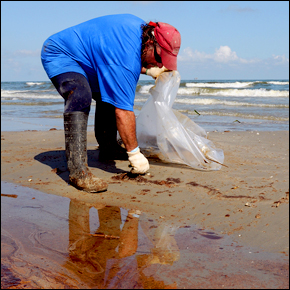
While BP officials labored Thursday to seal off the leaking Deepwater Horizon well, new government estimates suggested that the amount of oil already spilled could be more than twice as much as the Exxon Valdez leak two decades ago. Eighteen to 39 million gallons of oil is estimated to have been spilled, according to the Associated Press.
Once the nation’s worst oil spill, the 1989 grounding of the Exxon Valdez tanker dumped 11 million gallons of crude oil into Alaska’s Prince William Sound. But revised U.S. Geological Survey estimates of the Deepwater Horizon spill have pegged the release of oil at between 12,000 to 19,000 barrels a day, or up to 684,000 barrels since the well exploded one month ago.
Oil is seeping into Louisiana’s fragile marshlands, which serve as critical wildlife as well as a natural buffer against Gulf storms. But the soft soils in the marshlands pose a challenge to cleanup efforts, since the rakes and pressure hoses used to clean rocks and sand during the similarly devastating Alaskan spill would tear the marshes apart, according to NPR. Officials are considering controlled burns of the oil to clean out the marshes, though that could prove just as lethal to the plants.
Some 32 National Wildlife Refuges along the coasts of Louisiana, Mississippi, Alabama and Florida are at risk from the spill, according to The U.S. Fish and Wildlife Service. One of the most threatened areas is the Southeast Louisiana (SELA) Refuges Complex, which includes the country’s second oldest refuge: the Breton National Wildlife Refuge. Breton is home to nesting wading birds and seabirds, songbirds, birds of prey and wintering shorebirds, as well as waterfowl.
Wetlands in these coastal regions also support a wide variety of fish and shellfish, and serve as nursery areas for both fresh and saltwater fish species. Endangered and threatened species including the West Indian manatees, whooping cranes, Mississippi sand hill cranes, wood storks and four sea turtle species are all vulnerable to the spill.
Meanwhile Louisiana officials have been using freshwater from the Mississippi River in an effort to push the oil slick farther offshore. The state’s Office of Coastal Protection and Restoration opened six freshwater diversion structures and a navigational lock along the lower Mississippi to try and prevent oil from seeping into sensitive coastal wetlands on either side of the river delta.
The combined flow of the diversions has added 22,500 cubic feet of water per second to the river flow, or 600 million gallons per hour.
The rain-swollen Alabama and Tombigbee rivers flowing into Mobile Bay may be helping to keep the oil slick from washing ashore in Alabama, the Mobile Press-Register reported Wednesday. As a result, Alabama Commissioner of Conservation and Natural Resources Barnett Lawley proposed increasing the water flow through dams along the rivers just a few days after the Deepwater Horizon’s April 20 explosion.
Lawley told the newspaper that his proposal has drawn little support from the U.S. Army Corps of Engineers and Alabama Power, which control the dams. An Alabama Power spokesman told the newspaper that releasing additional water isn’t a guaranteed solution and that it risked the ability of nearby communities to draw drinking water from the river.
EPA water tests along the Golf coast last week found elevated levels of nickel—a chemical usually found in oil—at levels that may harm aquatic life. The results seem to correlate with where the oil has reached the Louisiana coastline. Since the laboratory analysis and data verification take about seven days, the EPA’s most recently available results do not reflect current conditions.
Federal officials do not expect the spill to affect drinking or household water in the region.
Sources: Mobile Press-Register, New York Times, NPR, Washington Post, U.S. Environmental Protection Agency, U.S. Department of Health & Human Services


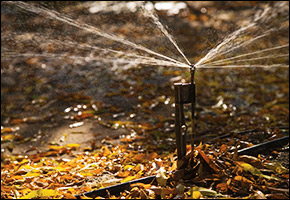


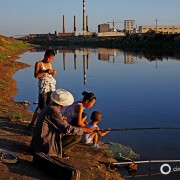

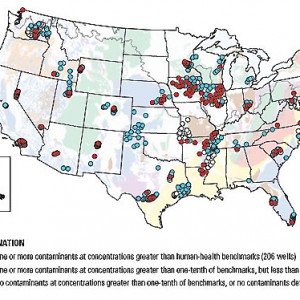
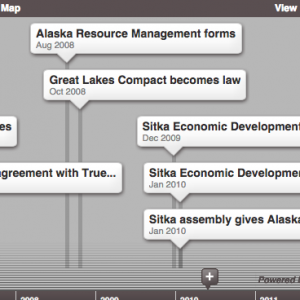
This is unspeakable! I sent info about Dr. Paul Stamets (www.fungi.com) to the cleanup task force, re: his work using fungi to clean up toxic land. Now I am trying to send info that I read (from Penn State Univ., also India & China) about using horseradish to clean up toxic bodies of water. I emailed the tech form for the task force to several scientists or their assistants whose email links were on the research articles, hoping if the natural technology can help they will forward the info. If you know anything about this method &/or can pass it along to the right people, that would be great. I am glad to have discovered your website while I was doing research about water cleanup, will continue to read your postings. Thanks so much.
Carole Ibata, just a concerned citizen